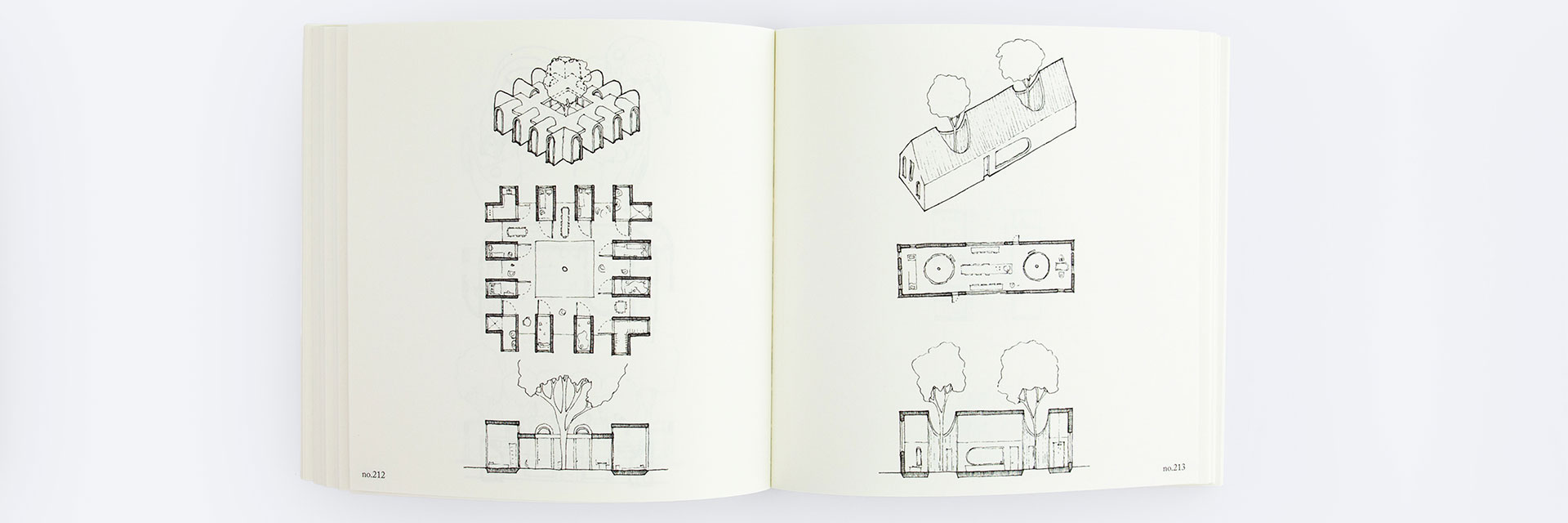
Andrew Bruno Reconsiders How
People Live Together in 'One House Per Day'
Andrew Bruno Reconsiders How
People Live Together in 'One House Per Day'
Wes McRae | May 3, 2023 – Atlanta, GA
Ventulett NEXT Generation Visiting Fellow Andrew Bruno's new book, One House Per Day, is reviewed in this month's issue of Architectural Record. The book curates Bruno's hand drawings of different concepts for houses.
"The project seeks to separate the house as an architectural type from the programmatic type of the single nuclear family, so a lot of the houses implicitly are designed for one or two people, or for much larger groups," Bruno said.
"Year after year, the Census Bureau's survey on New Residential Construction shows that the average number of new single-family houses is significantly more than units in buildings with five or more units," he said, indicating that the country has become more singe-family house oriented and more suburban.
"I think architects frequently have the idea that we're in a cultural shift back towards dense urban development and the statistics don't bear that out."
Bruno's Daily House Plans
These images of hand-drawn house plans are excerpts from Bruno's book and Instagram account.
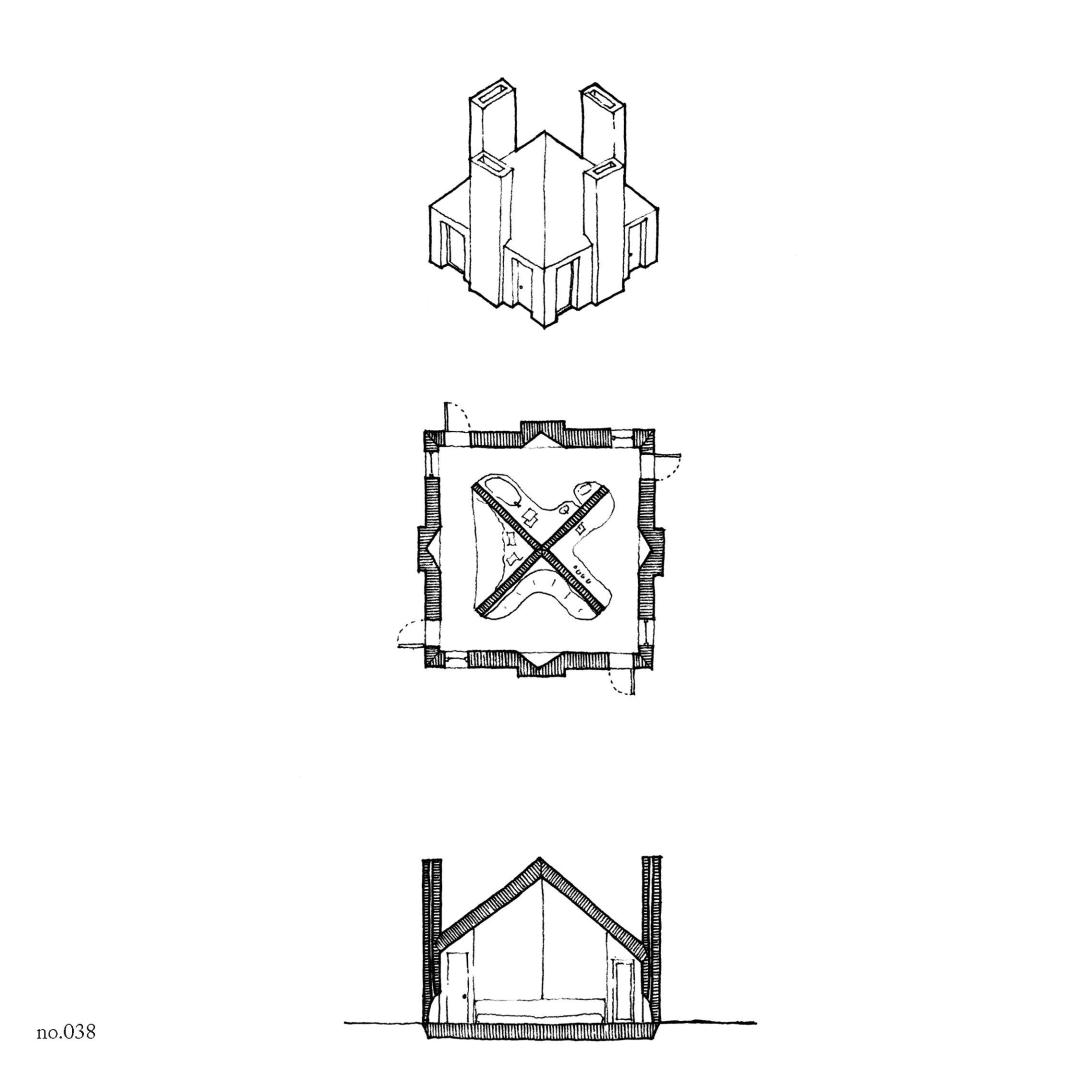
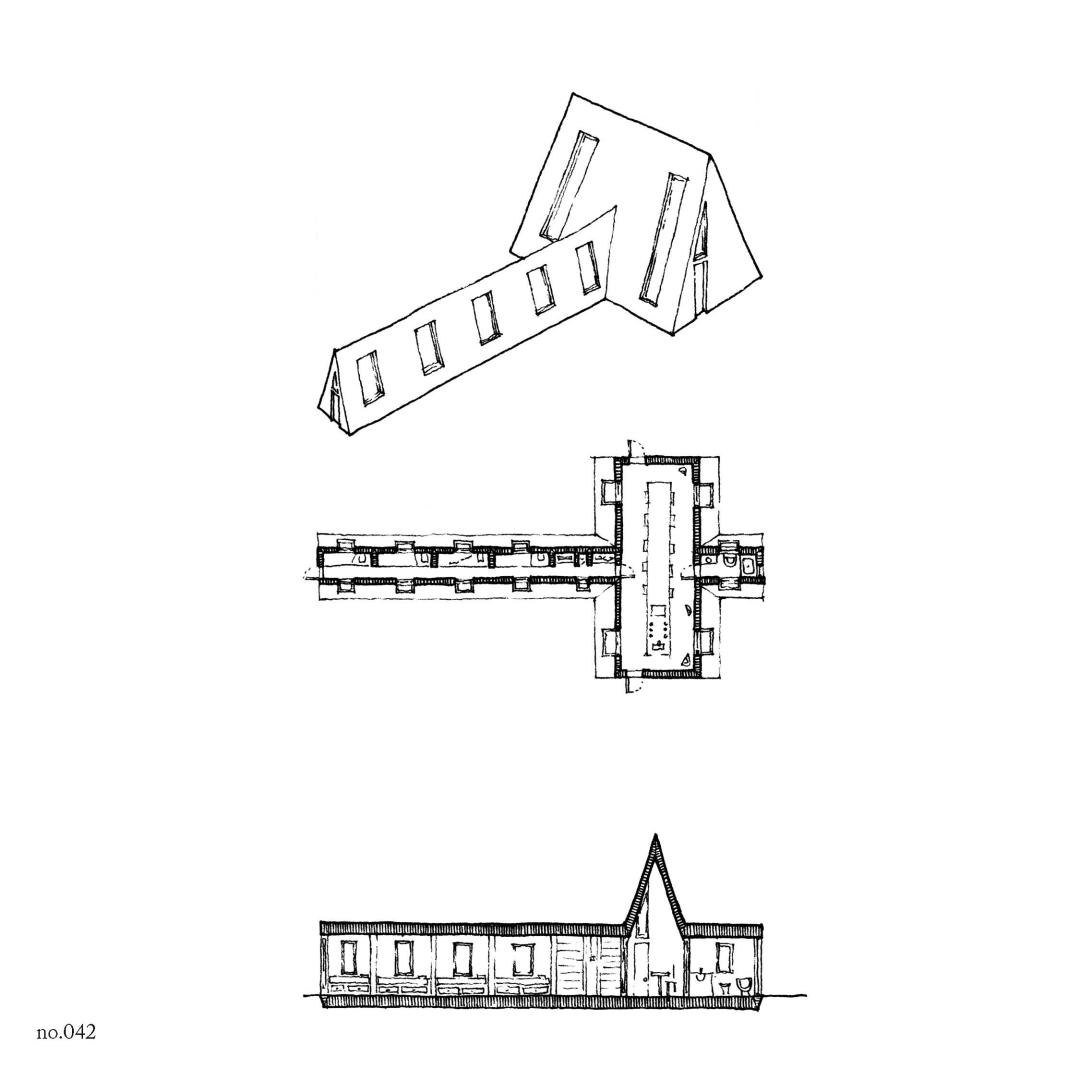
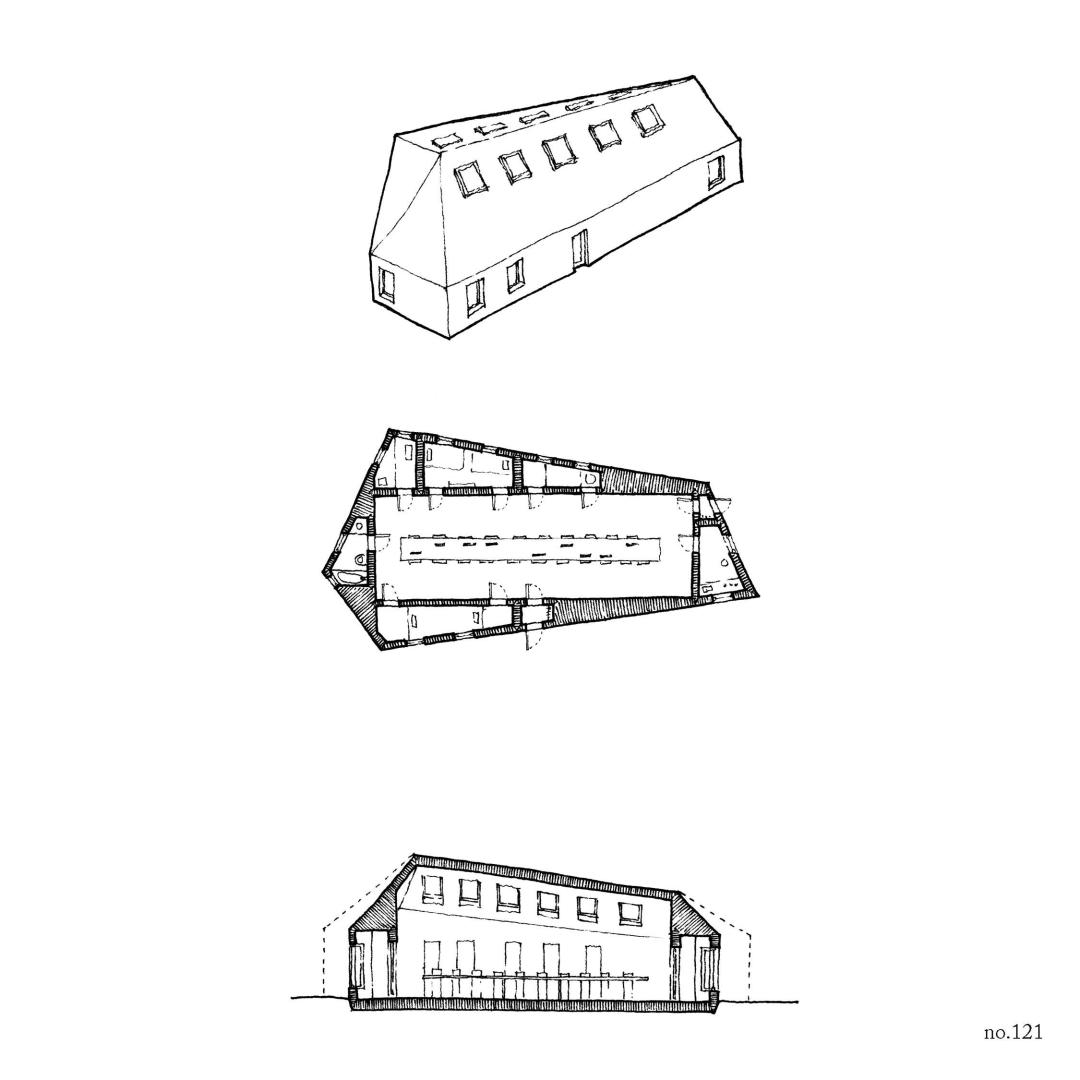
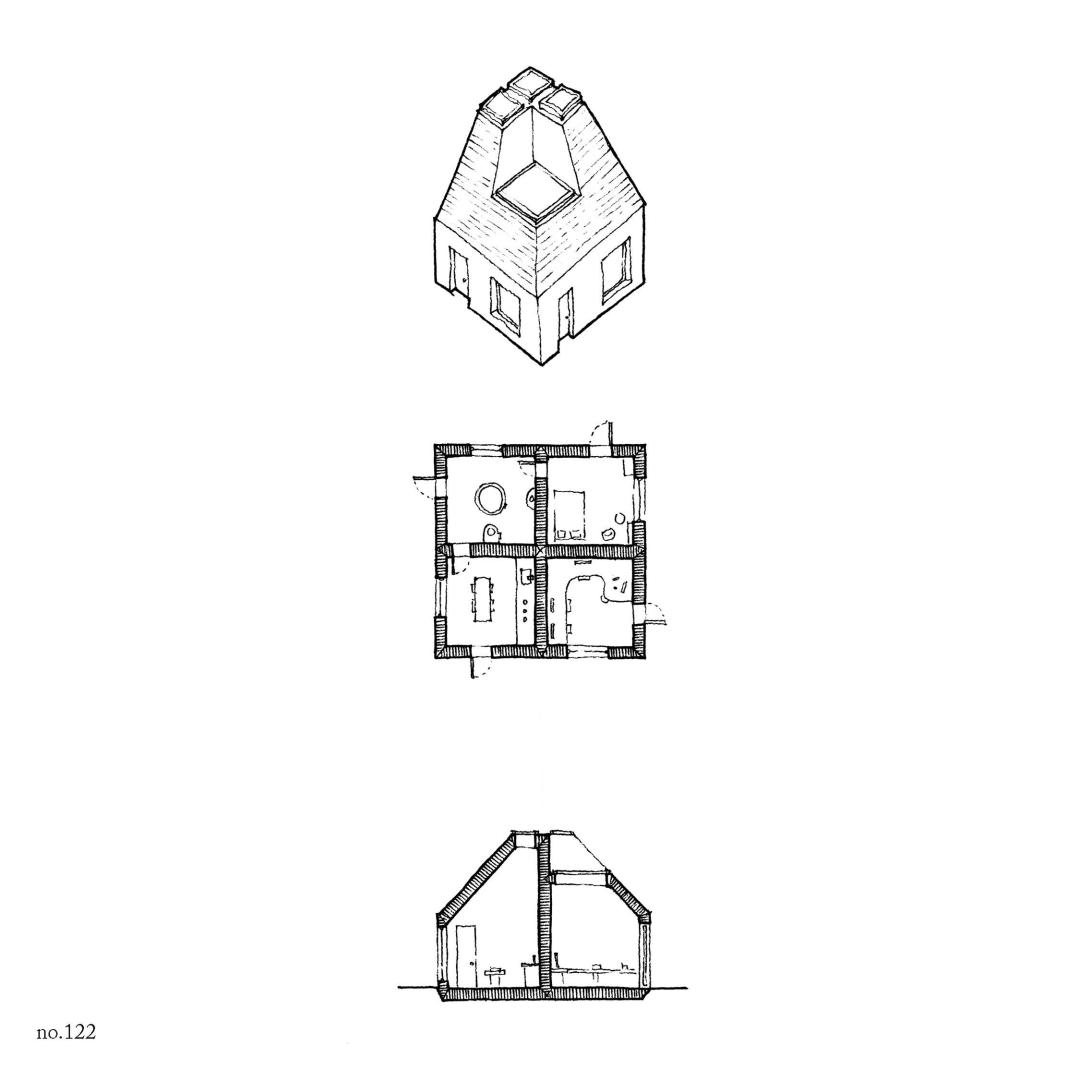
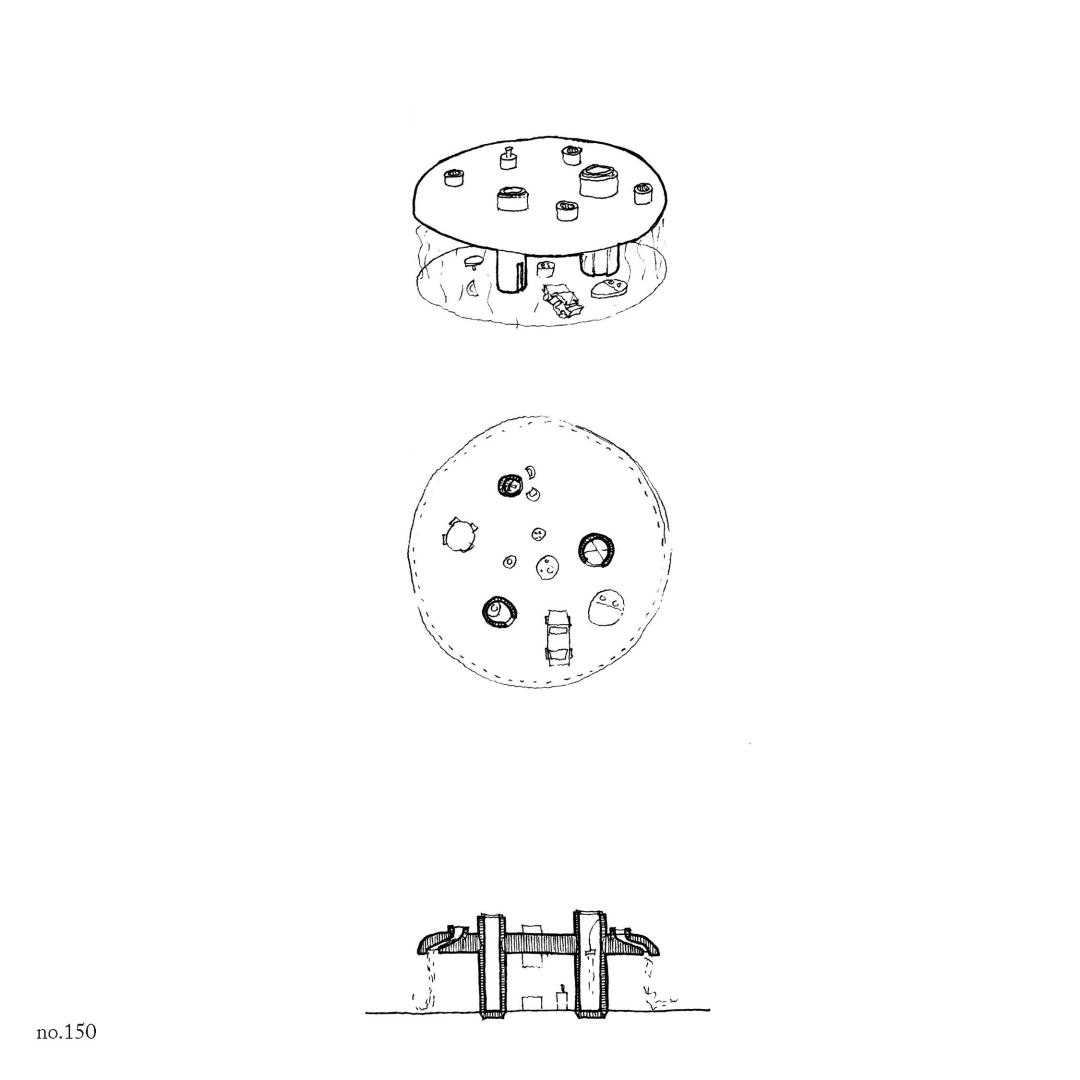
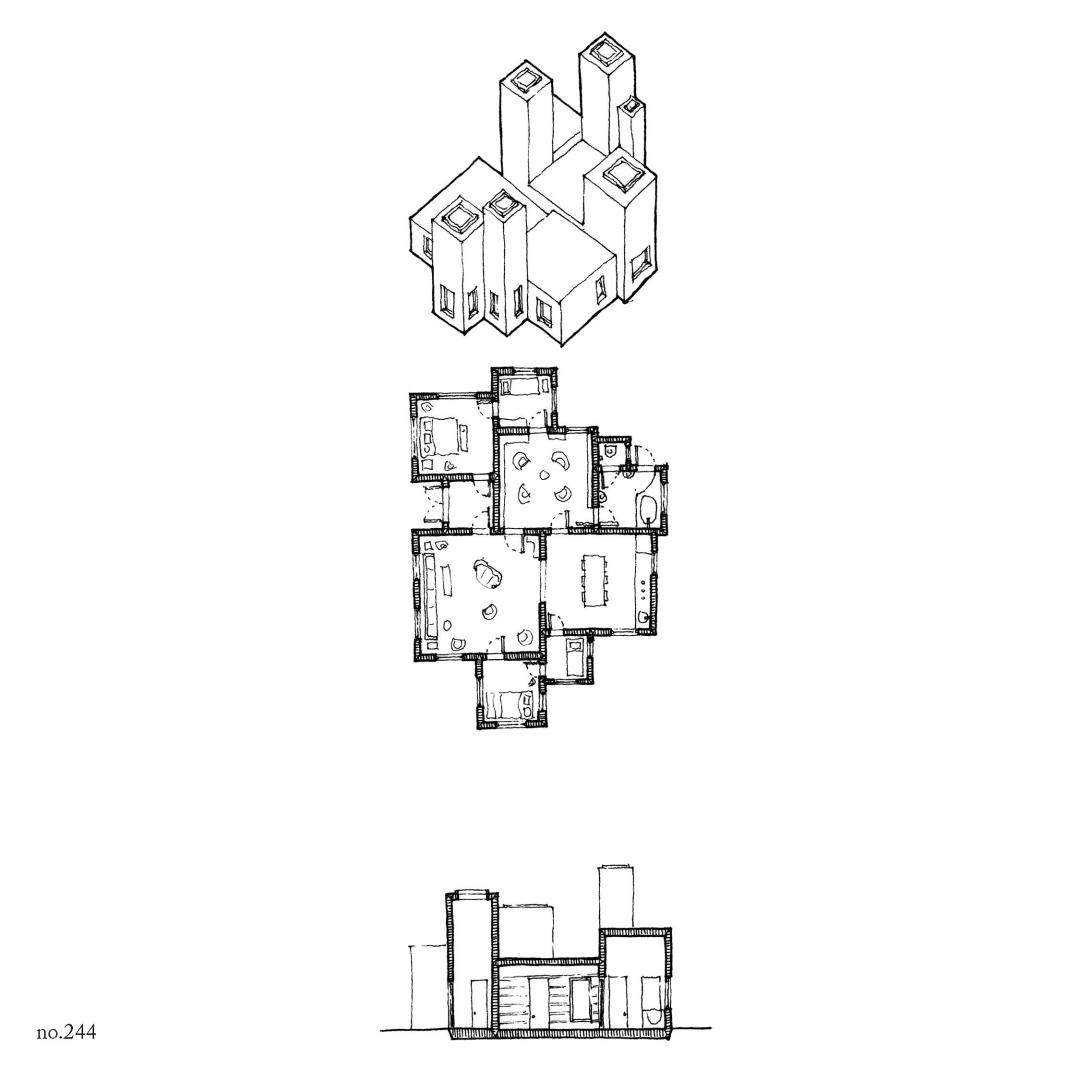
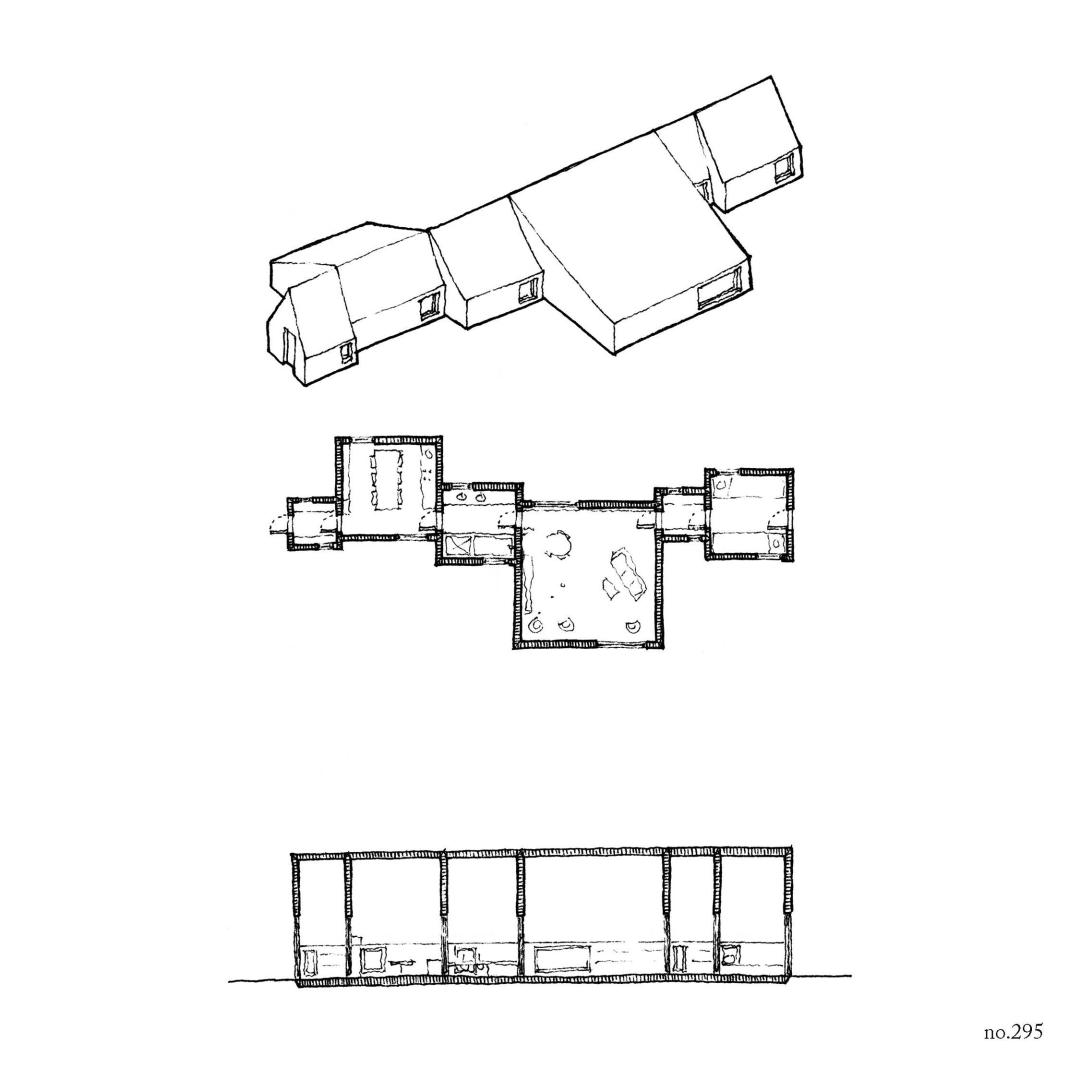
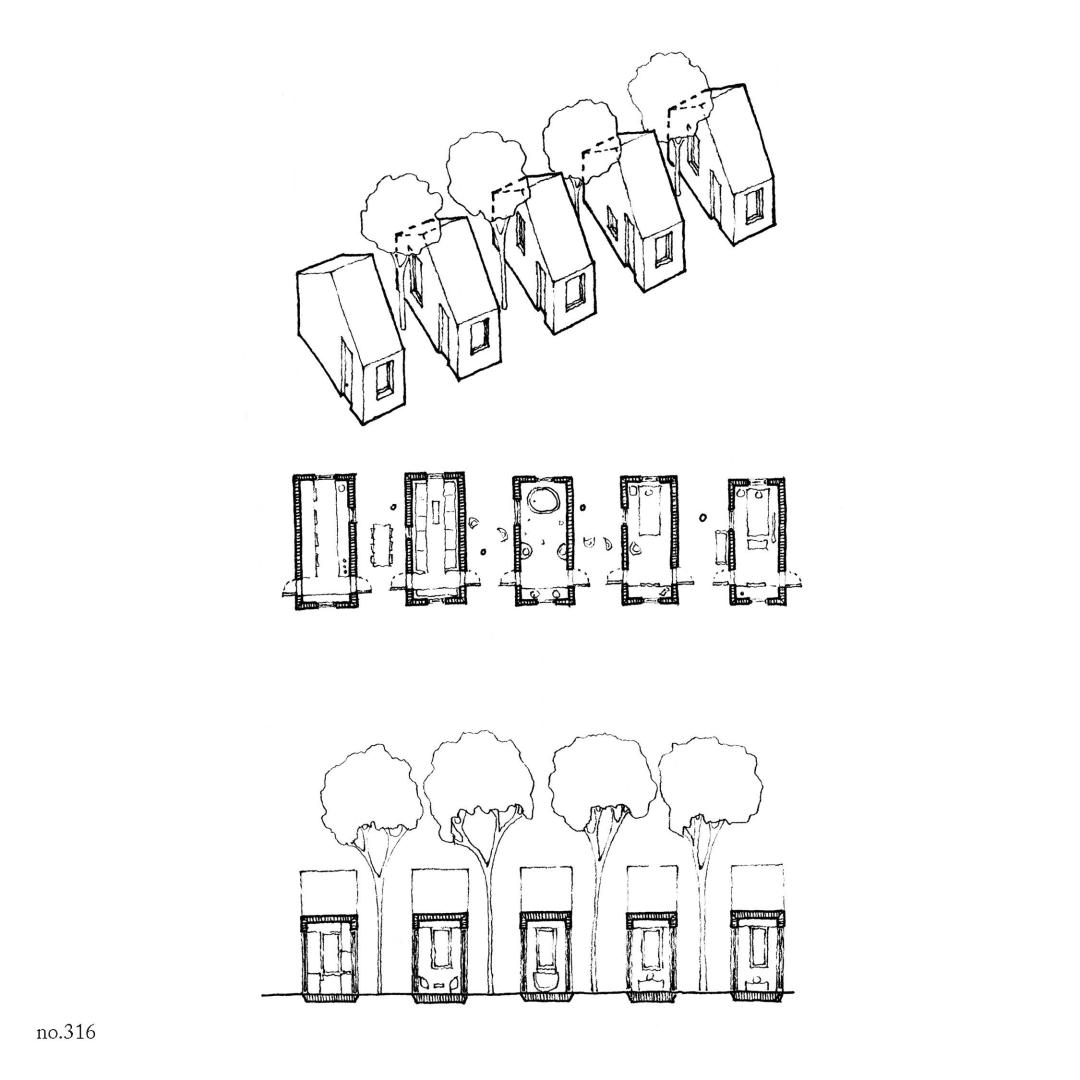
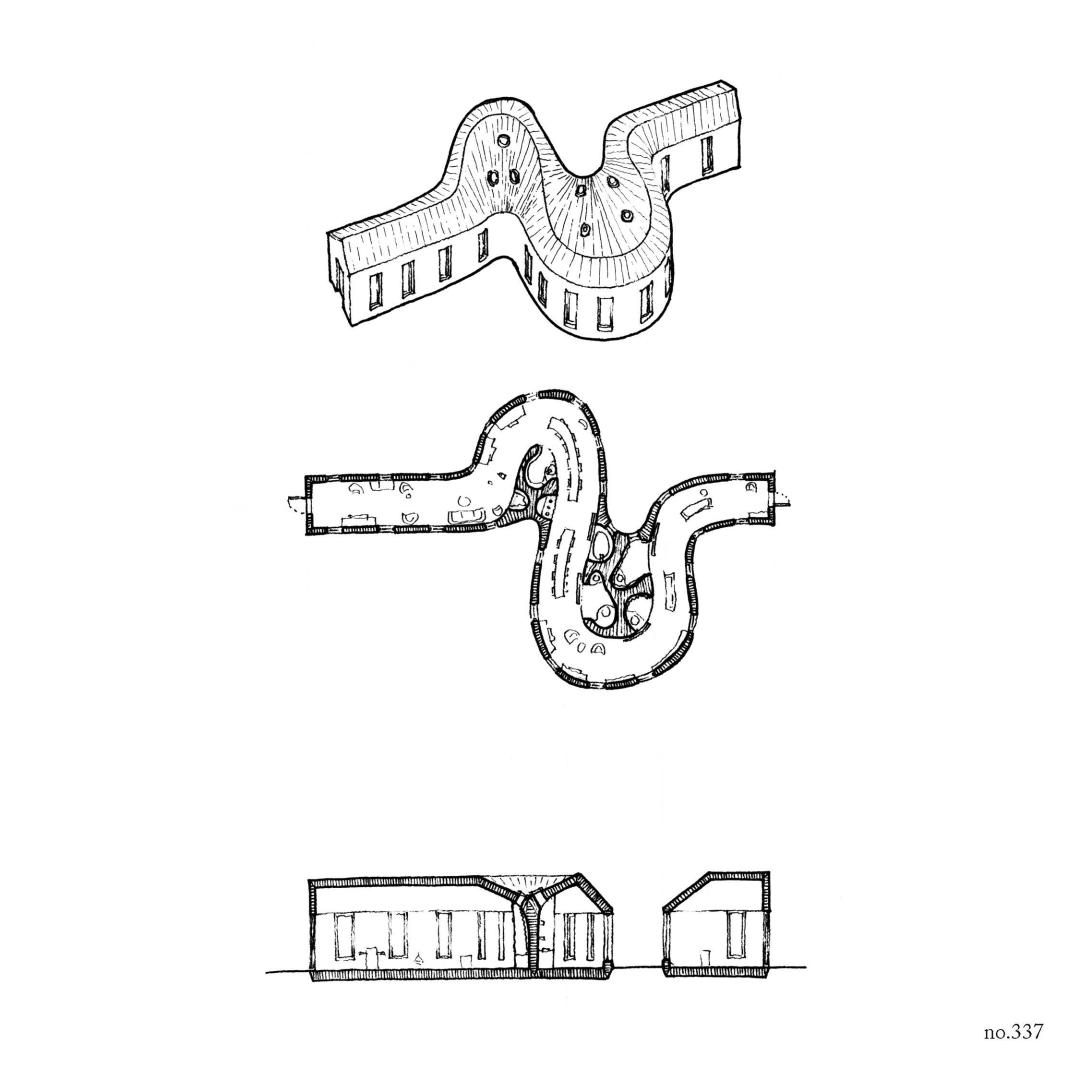
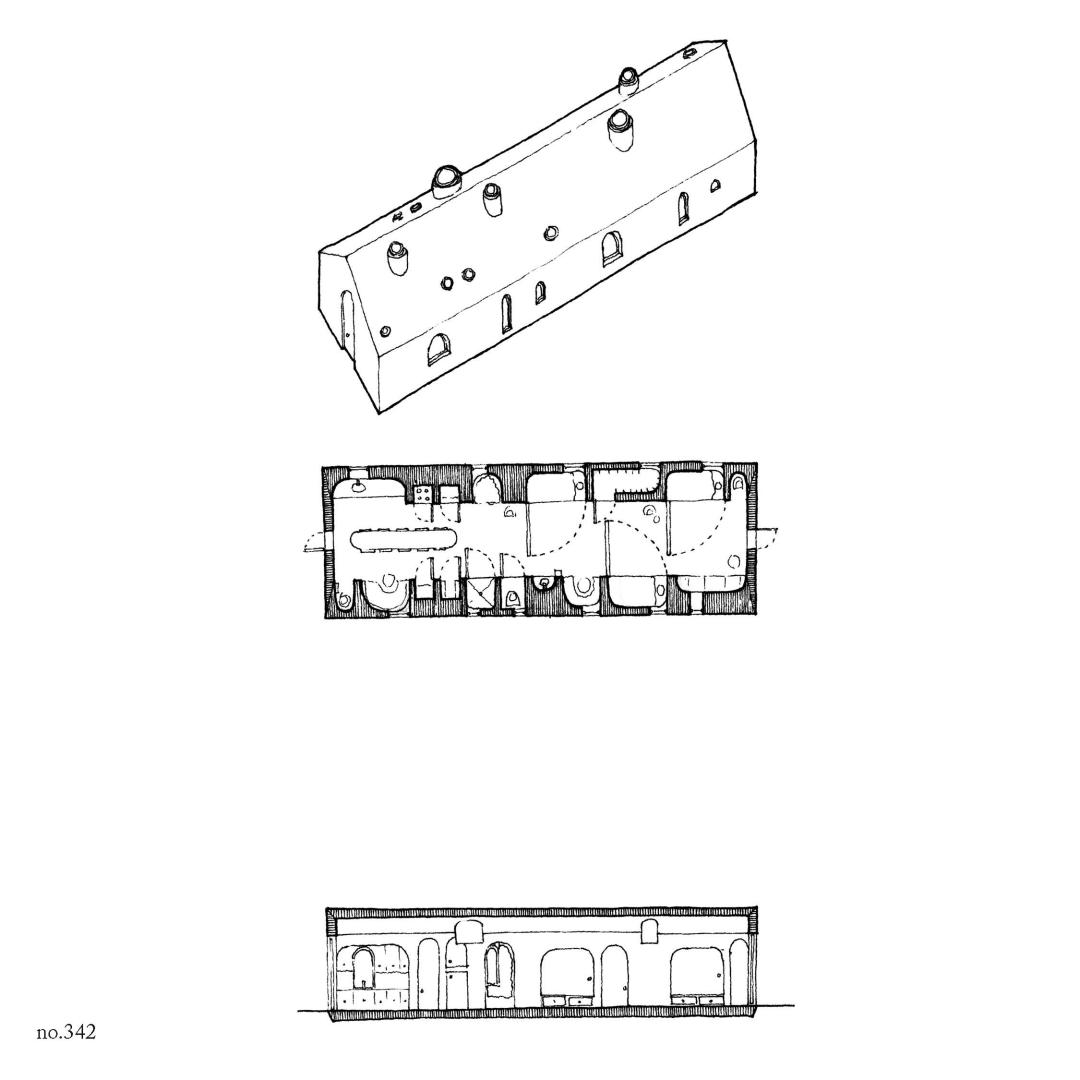
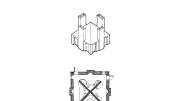
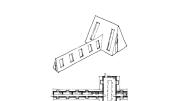
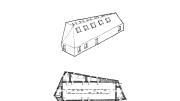
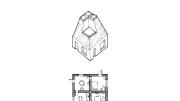
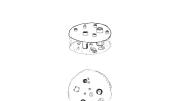
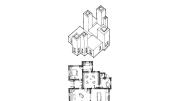
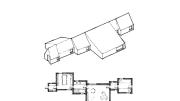
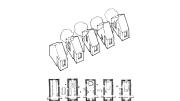
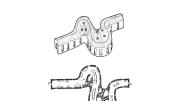
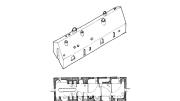
Instagram Project Evolves Into Book
The book is a compilation of drawings from a project Bruno started on an Instagram account called "One House Per Day."
"I was trying to stay sharp as a designer, and I also wanted to use the house as a good bite-sized way to tie into these deeper interests of how we live," he said. "I started drawing by myself without any idea of putting them out into the world, and I would end up going a couple of days without drawing. I felt I was at risk of falling off the project, so my wife suggested that I post them to Instagram as a way of holding myself accountable."
"I didn't expect many people to see it, but suddenly at the beginning of 2020 everybody was inside [because of the Covid-19 lockdowns], so the Instagram account started to get a lot more attention."
Use Design to Spark Cultural Innovation
"At an institute like Georgia Tech, we like to be innovative in a lot of ways," Bruno said. "There are probably some people who would look at the book and say, 'These are all hand drawings. How does that fit into a school of technology?' But innovation doesn't need to always be a result of a technological process."
It's the exploration of these drawings that is innovative, he said.
"Architects have a role in reimagining how people might live together differently. Right now in the United States our options are so constrained: you either live in an apartment building or in a single-family house. There's not a whole lot of other options."
Collaborative Conversations
Some of Bruno's drawings were inspired by or in response to other concepts, he said.
"House no. 150, for example, was inspired by a Reyner Banham essay called 'A Home is Not A House,' originally published in Art in America #2, in 1965. He posits the house of the future as a curtain of air, where you establish an interior simply through the use of air conditioning systems."
Along with the drawings, the book includes a foreword by Keith Krumwiede, the dean of the Architecture Division at California College of the Arts. Additionally, two essays (one by the duo of Alessandro Orsini and Nick Roseboro and one by Malcolm Rio) engage with the development of the object of a house through social, economic, and political lenses, Bruno said. Also included with the drawings is a piece by Clark Thenhaus that muses on the project through One Sentence Per Day.